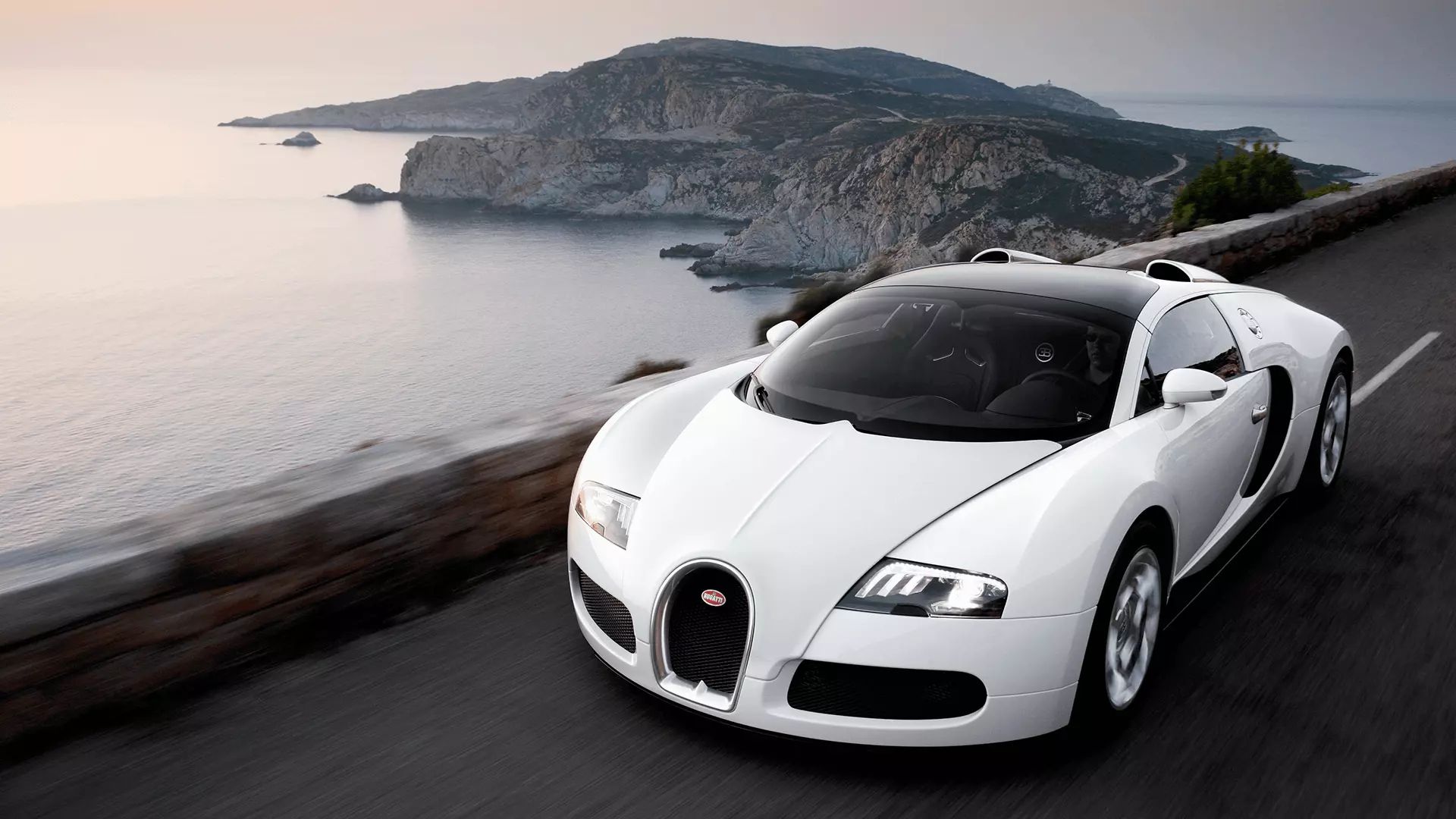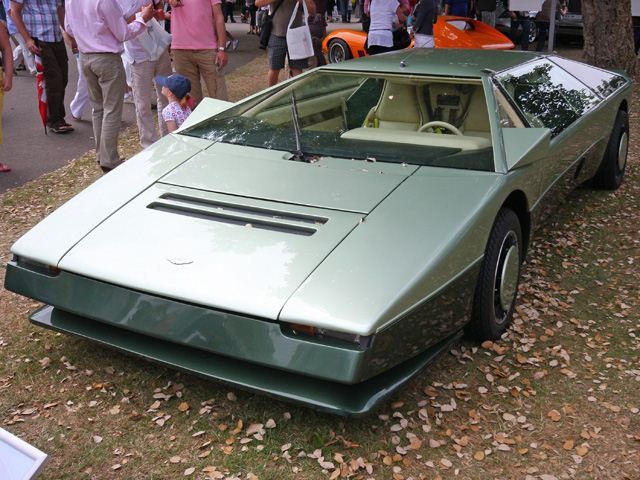
Though concept cars fill all sorts of categories, we'd classify them into two columns: pre-production prototypes and design studies. Aston Martin tends to do the former: the AM310 Vanquish concept went into production, as did the V12 Zagato, Cygnet, V12 Vantage RS and others before them. Finding an Aston Martin concept that didn't make it to production – whether it was intended to or not – is a bit of a rarity, but here we've assembled five examples that were never produced in quantities greater than one.
Perhaps most famous was the Bulldog concept of 1979. Drastically different from Aston's usual luxury GTs, the Bulldog was a prototype for a mid-engined supercar. Its 700 horsepower, produced from a 5.3-liter twin-turbo V8, was absolutely monstrous for its time, as it would be today. Its angular design was barely over a meter tall, and though it was certified to have reached a top speed of 191 mph, the manufacturer claimed it could run as fast as 237 mph. Though Aston hoped to build a limited run of 25 examples, only the one was ever made, and was sold at auction to a private collector.
Bertone just revealed a prototype shooting brake version of the Rapide called the Jet 2+2, but back in 2004, it built a one-off three-door shooting brake called the Jet 2. Based on the previous Vanquish, the Jet 2 was unveiled at the 2004 Geneva Motor Show and was commissioned by a private owner. It was a rather handsome creation that predated by several years the emergence of the Ferrari FF that features a similar bodystyle. Like the Rapide-based Jet 2+2, the Vanquish-based Jet 2 featured revised sheetmetal that was largely faithful to the design on which it was based – at least from the B pillar forward, that is.
Bertone's Jets, of course, were not the only shooting brakes to be based on Aston Martins. There were wagon versions of the DB5 and DB6, as well as the boxier Virage and Vantage that came later. Also based on the original Vanquish was the EG Shooting Brake. Designed by Franceso Boniolo and constructed for a private owner by Quality Cars of Vigonza, Italy, the EG Shooting Brake featured an extended roofline, a pair of hidden suicide doors and a refitted interior. More bulbous than other Astons, the EG looks somewhat dated by now, but is still a rare example indeed.
Aston Martin has toyed for years with reviving the Lagonda name, and while redefining itself in the early '90s, it created the Lagonda Vignale concept. Debuting alongside the DB7 at the 1993 Geneva Motor Show, the Vignale concept was decidedly Art Deco in its styling that was carried out by legendary coachbuilder Ghia – which had also recently been acquired by Ford. It was built atop a modified Lincoln Town Car chassis and was powered by Ford's 4.6-liter V8, but would have likely adopted the same 6.0-liter V12 that has powered most Astons since had it been put into production.
That wouldn't be the last time Aston Martin would contemplate a Lagona revival, though. Aston brought a crossover concept bearing the same storied name to the 2009 Geneva Motor Show. It commemorated the centenary of the first Lagonda automobile ever made, but its awkward design was greeted with aghast reactions. Still, Aston considered putting it into production, if only to satisfy Middle Eastern and Asian markets. It's the same demand that drove Porsche into the market, with Bentley, Lamborghini and Maserati preparing to follow – and could send Aston Martin back to the drawing board to come up with a better design to fit the same niche.

